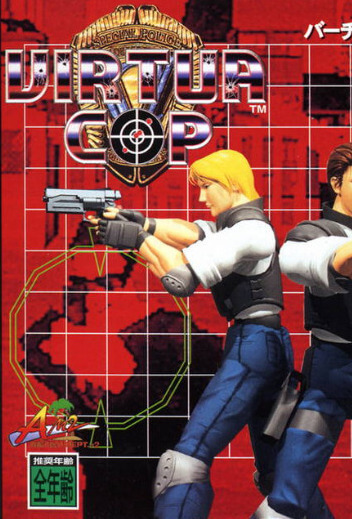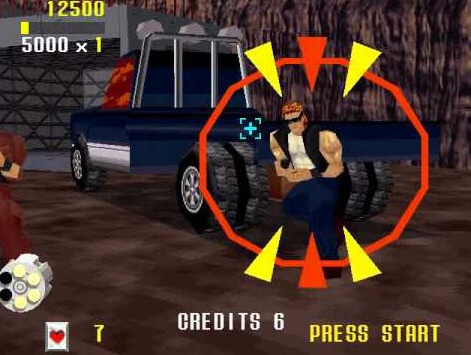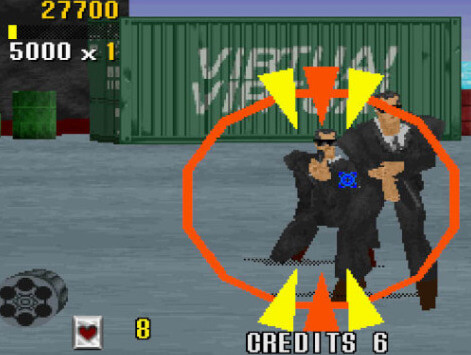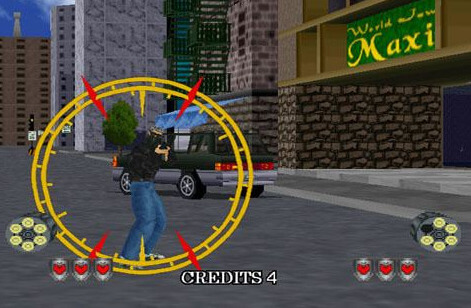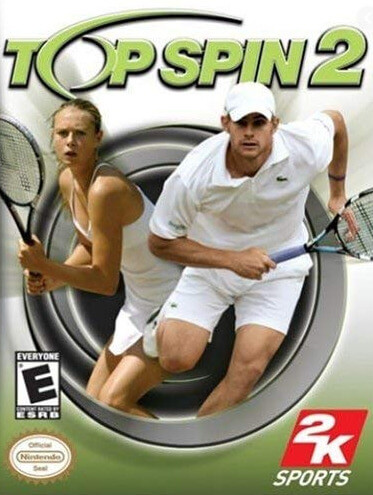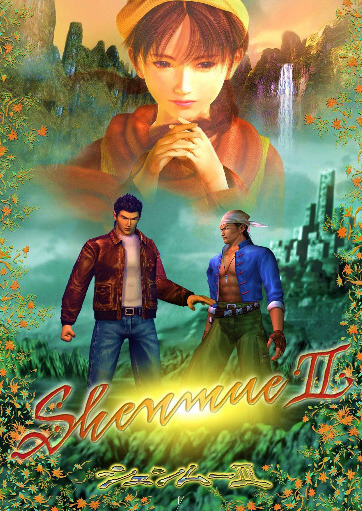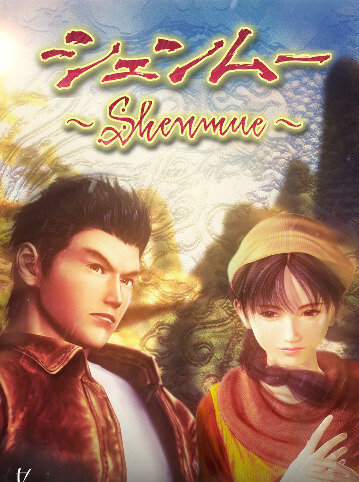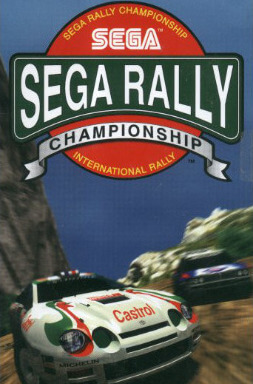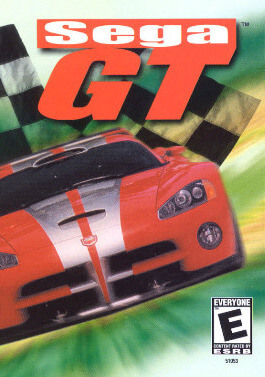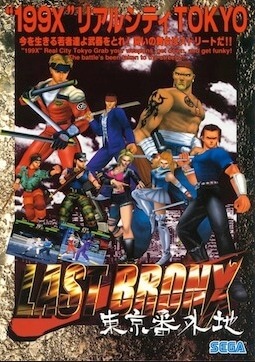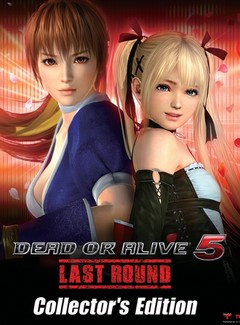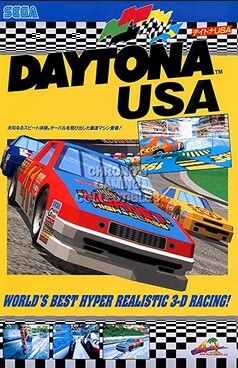Players assume the role of police officers - either Michael Hardy, or his partner, James Cools. Played in a first-person perspective, players must use a light gun (or a joypad in the Sega Saturn version) to shoot criminals and advance through the game. Players begin the game with a reloadable chamber of six bullets and a set number of hit points. Taking enemy fire causes the player to lose a hit point; power-ups can be shot to grant the player a special weapon or even an extra hit point. There are also civilians that the player must not harm during the stage. If the player hits a civilian, it counts as the player losing a hit point. The special weapon will be lost if the player takes damage, but not if he shoots a civilian. Players can score extra points for "justice shots" (disarming an enemy without killing them, done by shooting their hand) and "bullseyes" (shooting the center of the Target Circle).
Story
A detective in the player's department uncovers an illegal gunrunning operation and traces it back to a powerful crime syndicate named E.V.I.L. Inc. He compiles a large amount of evidence and is ready to take them down, but he is discovered and assassinated. Some of the evidence manages to make its way back to headquarters and a special task force is put on the case. The policemen Michael "Rage" Hardy and James "Smarty" Cools must face that organization led by Joe Fang and his followers Kong, the King, and the Boss.
Development
A division of Sega AM2 began work on the Saturn version in April 1995. Along with the Saturn version of Virtua Fighter 2, it was one of the first games to make use of the Sega Graphics Library operating system. Head developer Takashi Osono said, "We are trying to keep to the quality of the arcade. If three of us agree for improvement, then we try to modify the graphics."
In June, the team displayed a playable demo of the Saturn version's first level at the Tokyo Toy Show. They subsequently began work on the third level, since it was the most difficult to convert due to the large polygon areas of the office building walls and ceiling.
Reception
Virtua Cop received generally positive reviews from critics. Next Generation reviewed the arcade version of the game, and stated that "If players were given a chance to freely explore their mapped-out environments, this game would be a winner, but as it is, Virtua Cop is just an old game with a new gimmick."
Reviewing the Saturn version, Next Generation noted that the ability to target specific body parts with realistic consequences "totally eliminates the hit or miss polarity of other light-gun games and adds a whole new level of detail to the genre." They also applauded the impeccable accuracy of the port, but opted not to give it the full 5/5 stars they awarded to the Saturn's other two arcade ports of that month (Virtua Fighter 2 and Sega Rally Championship), as they found that the game, while sufficiently long for an arcade game, was too short for a home console release. Game Informer's Reiner, Andy, and Paul gave the Saturn version scores of 8.5/10, 8.25/10, and 7.5/10, praising the game as one of the best in its genre but noting that it lacked longevity for a console release.
Rad Automatic of Sega Saturn Magazine said of the Saturn version, "It's got more depth than you'd imagine but is still mindless enough to be frenetically playable." He praised the effectiveness of the joypad control with its two cursor movement speeds, the authentic arcade feel when playing with two Virtua Guns, and the realism compared to other light gun games: "You don't see thousands of enemies popping up from behind exactly the same barrel ... In fact, you won't see enemies popping up from barrels at all that much, as your foes arrive on screen in far more interesting ways."
All four reviewers of Electronic Gaming Monthly praised it as a flawless conversion of the arcade game, though half of them also remarked that they felt the game itself is too short and lacks lasting appeal. Scary Larry of GamePro praised the realistic and stylish graphics and the Virtua Gun action. Similarly to EGM's reviewers, he remarked that the game is a near-perfect arcade port but too short and completely lacking in replay value, though he nonetheless gave it an overall recommendation. Maximum instead argued that the game is compelling enough to be played over and over again despite the lack of replay value. They also described the Saturn conversion as nearly identical to the arcade original, and remarked that the mindlessness and simplicity of the game make it particularly enjoyable.
Time Soete of GameSpot said the PC version is jerkier than the Saturn version and less intense without the use of a light gun, but that the mouse control is surprisingly smooth and that it retains enough of the fun of the arcade and Saturn versions to appeal to newcomers to the game. Next Generation voiced similar criticisms: "It's noticeably slower on the majority of PCs than in the arcade or on Saturn, running at speed only on the most high-end Pentiums. Worse, played without a light gun using only the mouse, the game loses a major part of its appeal ..." They concluded that the game felt out of place on PC.
In 1996, Next Generation listed the Virtua Cop series (which then consisted of just Virtua Cop and the arcade version of Virtua Cop 2) at number 83 on their "Top 100 Games of All Time", praising the skill and realism invoked by the enemies' differing reactions to being shot in different places.
